Nanoscale machines convert light into work0
- From Around the Web, Science & Technology
- October 10, 2020
Based on optical matter, new machines could be used to move and manipulate tiny particles

Based on optical matter, new machines could be used to move and manipulate tiny particles
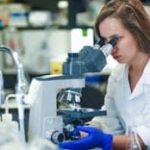
Study seeks to compare microbiomes of our ancestors for clues to modern diseases
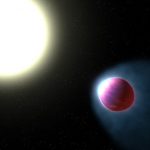
Astronomers using the HARPS (High Accuracy Radial velocity Planet Searcher) spectrograph at ESO’s La Silla Observatory in Chile have detected gaseous magnesium (Mg), sodium (Na), calcium (Ca), chromium (Cr), iron (Fe), nickel (Ni) and vanadium (V) in the atmosphere of WASP-121b, a hot-Jupiter exoplanet approximately 881 light-years away in the constellation of Puppis.
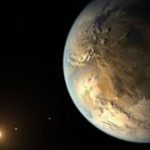
At least two dozen planets outside the solar system might be better for life than Earth.
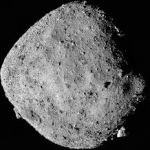
A stream of new studies reveals clues about Bennu’s past, just days before NASA’s OSIRIS-REx mission attempts to collect rocks from the asteroid.
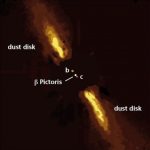
Astronomers using ESO’s Very Large Telescope Interferometer have captured the first direct images of the recently-discovered giant planet Beta Pictoris c.
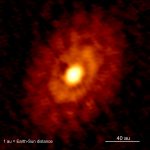
It looks like we may have to update our theories on how stars and planets form in new solar systems.
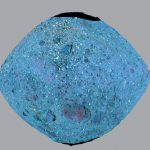
NASA’s OSIRIS-REx spacecraft is about to collect material from the space rock
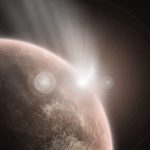
A growing body of research suggests the planet Venus may have had an Earth-like environment billions of years ago, with water and a thin atmosphere.
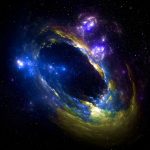
Black holes are perhaps the strangest, least-understood objects in our universe. With so much potential — being linked to everything from wormholes to new baby universes — they have sucked in physicists for decades.



